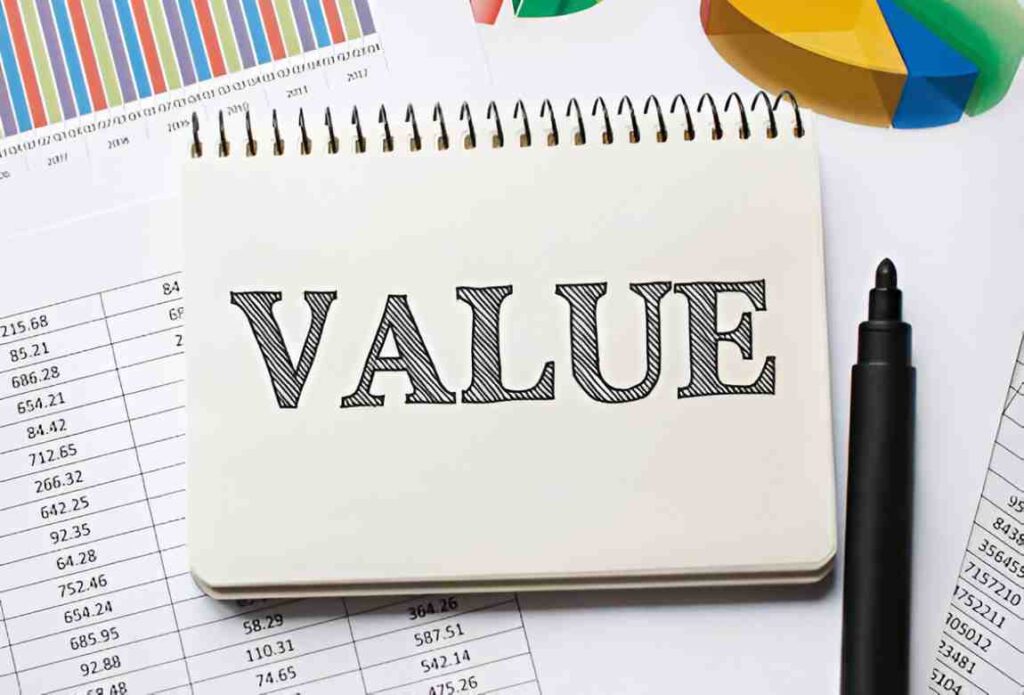As someone who has spent years analyzing financial statements and valuation models, I know how confusing accounting and finance concepts can be for beginners. One term that often trips people up is net residual value. It sounds technical, but it’s a fundamental concept in asset valuation, leasing, and investment analysis. In this guide, I’ll break it down in plain terms, explain why it matters, and show you how to calculate it with real-world examples.
Table of Contents
What Is Net Residual Value?
Net residual value (NRV) is the estimated amount an asset will be worth at the end of its useful life, after accounting for depreciation, wear and tear, and disposal costs. It’s a key figure in:
- Leasing agreements (car leases, equipment leases)
- Capital budgeting (deciding whether to invest in an asset)
- Tax calculations (depreciation and capital gains)
The formula for net residual value is:
NRV = \text{Estimated Salvage Value} - \text{Disposal Costs}Why Net Residual Value Matters
If you lease a car, the leasing company estimates its NRV to set your monthly payments. If you own a business, NRV helps you decide whether to keep or sell aging equipment. Even tax authorities care about NRV because it affects depreciation deductions.
Key Components of Net Residual Value
To understand NRV fully, let’s dissect its two main parts:
- Salvage Value – What the asset can be sold for at the end of its life.
- Disposal Costs – Expenses to remove or sell the asset (transport, fees, cleanup).
Example: Calculating NRV for a Company Vehicle
Suppose a business buys a delivery truck for \$50,000. After five years, they estimate:
- Salvage Value: \$15,000
- Disposal Costs: \$2,000
The net residual value is:
NRV = \$15,000 - \$2,000 = \$13,000This means the truck’s true end-of-life value is \$13,000, not \$15,000.
Net Residual Value vs. Book Value
People often confuse NRV with book value, but they’re different:
| Term | Definition | Formula |
|---|---|---|
| Net Residual Value | Future value after depreciation and disposal costs | NRV = \text{Salvage Value} - \text{Disposal Costs} |
| Book Value | Current value on the balance sheet (cost minus accumulated depreciation) | Book\ Value = \text{Original Cost} - \text{Accumulated Depreciation} |
Book value is what the asset is worth now, while NRV is what it’ll be worth later.
How Depreciation Affects Net Residual Value
Depreciation methods influence how NRV is estimated. The three most common approaches are:
- Straight-Line Depreciation – Equal deductions each year.
- Declining Balance – Faster depreciation early on.
- Units of Production – Based on usage, not time.
Straight-Line Depreciation Example
Using the earlier truck example (\$50,000 cost, \$13,000 NRV, 5-year life):
Annual depreciation = \frac{\$50,000 - \$13,000}{5} = \$7,400
After three years, the book value would be:
\$50,000 - (3 \times \$7,400) = \$27,800Net Residual Value in Leasing
If you’ve ever leased a car, you’ve dealt with NRV indirectly. Leasing companies estimate the car’s value at the end of the lease (the residual value) to determine your payments.
Car Lease Example
- Car Price: \$40,000
- Lease Term: 3 years
- Estimated Residual Value: \$22,000
- Disposal Costs: \$1,000
Net Residual Value = \$22,000 - \$1,000 = \$21,000
Your lease payments cover the car’s depreciation:
\frac{\$40,000 - \$21,000}{36\ months} = \$527.78\ per\ monthFactors That Influence Net Residual Value
Several variables affect NRV estimates:
- Market Demand – If used equipment is in high demand, salvage value rises.
- Technological Obsolescence – Older tech often has lower NRV.
- Condition of Asset – Well-maintained assets fetch higher resale prices.
- Economic Conditions – Recessions can depress used-asset prices.
Case Study: Office Equipment NRV
A company buys a photocopier for \$10,000. After five years:
| Factor | Impact on NRV |
|---|---|
| Newer models available | Lower NRV |
| High demand for used copiers | Higher NRV |
| Poor maintenance | Lower NRV |
If disposal costs are \$500 and salvage value is \$3,000, NRV is \$2,500.
Tax Implications of Net Residual Value
The IRS allows businesses to deduct depreciation, but NRV affects how much you can write off.
Modified Accelerated Cost Recovery System (MACRS)
Under MACRS, assets are depreciated over fixed schedules. NRV isn’t directly used, but it influences whether you claim a gain or loss upon disposal.
Example: Selling a Machine
- Original Cost: \$100,000
- Accumulated Depreciation: \$70,000
- Book Value: \$30,000
- Sold For: \$35,000
Taxable gain = \$35,000 - \$30,000 = \$5,000
Common Mistakes When Calculating NRV
- Ignoring Disposal Costs – Overestimating NRV by forgetting fees.
- Overestimating Salvage Value – Assuming an asset will hold value better than it does.
- Using Straight-Line When Accelerated Is Better – Some assets lose value faster early on.
Final Thoughts
Net residual value isn’t just an accounting concept—it’s a practical tool for making smart financial decisions. Whether you’re leasing a car, managing business assets, or planning investments, understanding NRV helps you avoid costly mistakes.





